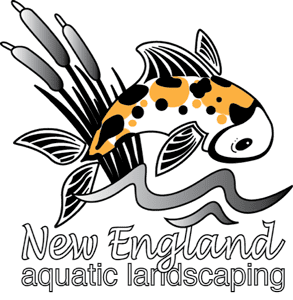A pond is not just a beautiful addition to your landscape; it can also serve as a sanctuary for local wildlife. By creating a pond in your backyard, you’re not only enhancing your property’s aesthetic appeal but also contributing to local biodiversity. This blog post will guide you through the process of turning your pond into a wildlife haven, attracting a variety of species and promoting a balanced ecosystem.
The Importance of Ponds for Wildlife
Ponds play a crucial role in supporting wildlife. They provide a habitat for a diverse range of species, from amphibians and insects to birds and mammals. Ponds also serve as a water source for wildlife and a breeding ground for many creatures. By creating a pond that attracts local species, you’re contributing to the preservation and enhancement of local biodiversity.
Steps to Create a Wildlife-Friendly Pond
- Choose the Right Location: The location of your pond can significantly impact the types of wildlife it attracts. Choose a spot that gets plenty of sunlight, as this will promote the growth of aquatic plants that provide food and shelter for wildlife.
- Design with Wildlife in Mind: When designing your pond, include features that will benefit wildlife. Shallow edges allow creatures to access the water easily, while a variety of depths will accommodate different species and plant life.
- Plant Native Species: Planting native aquatic plants not only enhances the natural beauty of your pond but also provides food and shelter for local wildlife. Research the best plants for your area or consult with a local nursery.
- Avoid Using Chemicals: Chemicals can harm wildlife and disrupt the natural balance of your pond. Instead, rely on natural methods for maintaining water clarity and controlling algae, such as introducing pond snails and certain types of fish.
- Provide Hiding Spots: Rocks, logs, and aquatic plants can provide essential hiding spots for wildlife, protecting them from predators and offering a safe space for breeding.
Attracting Different Species
Different features and plants will attract different types of wildlife. For example, bird species are attracted to the sound of moving water, so consider adding a waterfall or fountain feature. Amphibians like frogs and newts prefer ponds with plenty of cover and shallow areas. Adding a log pile or rockery near your pond can attract small mammals like hedgehogs.
Creating a wildlife haven in your backyard is a rewarding experience that allows you to contribute to local biodiversity. By following these tips, you can transform your pond into a thriving ecosystem teeming with life. If you’re interested in creating a wildlife-friendly pond or need help maintaining one, don’t hesitate to reach out to us at New England Aquatic Landscapes. Let’s start the conversation about building a sanctuary for local wildlife right in your backyard.
Remember, every pond is a potential haven for wildlife. With careful planning and a little patience, you can create a vibrant, thriving ecosystem that benefits both your local wildlife and your landscape.




